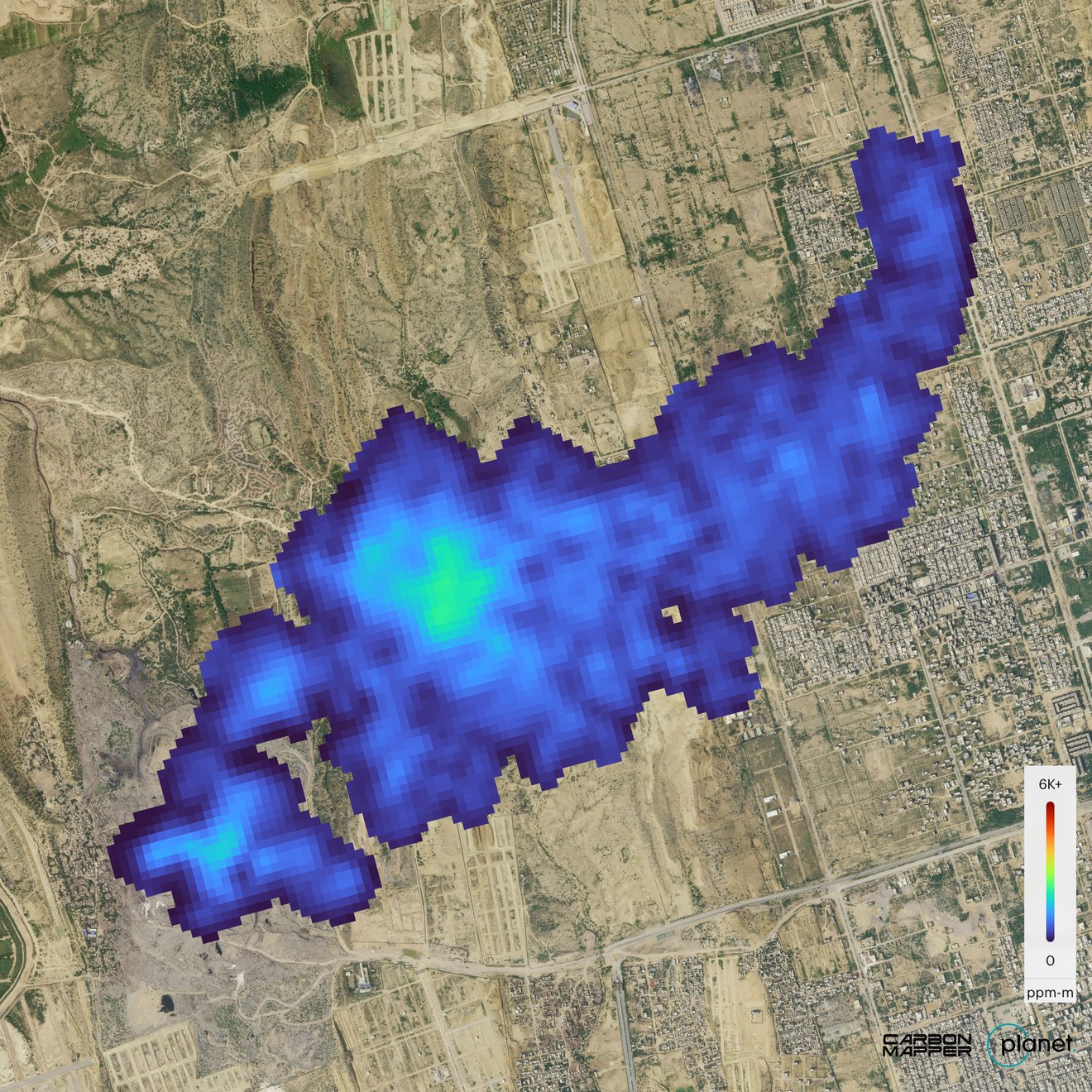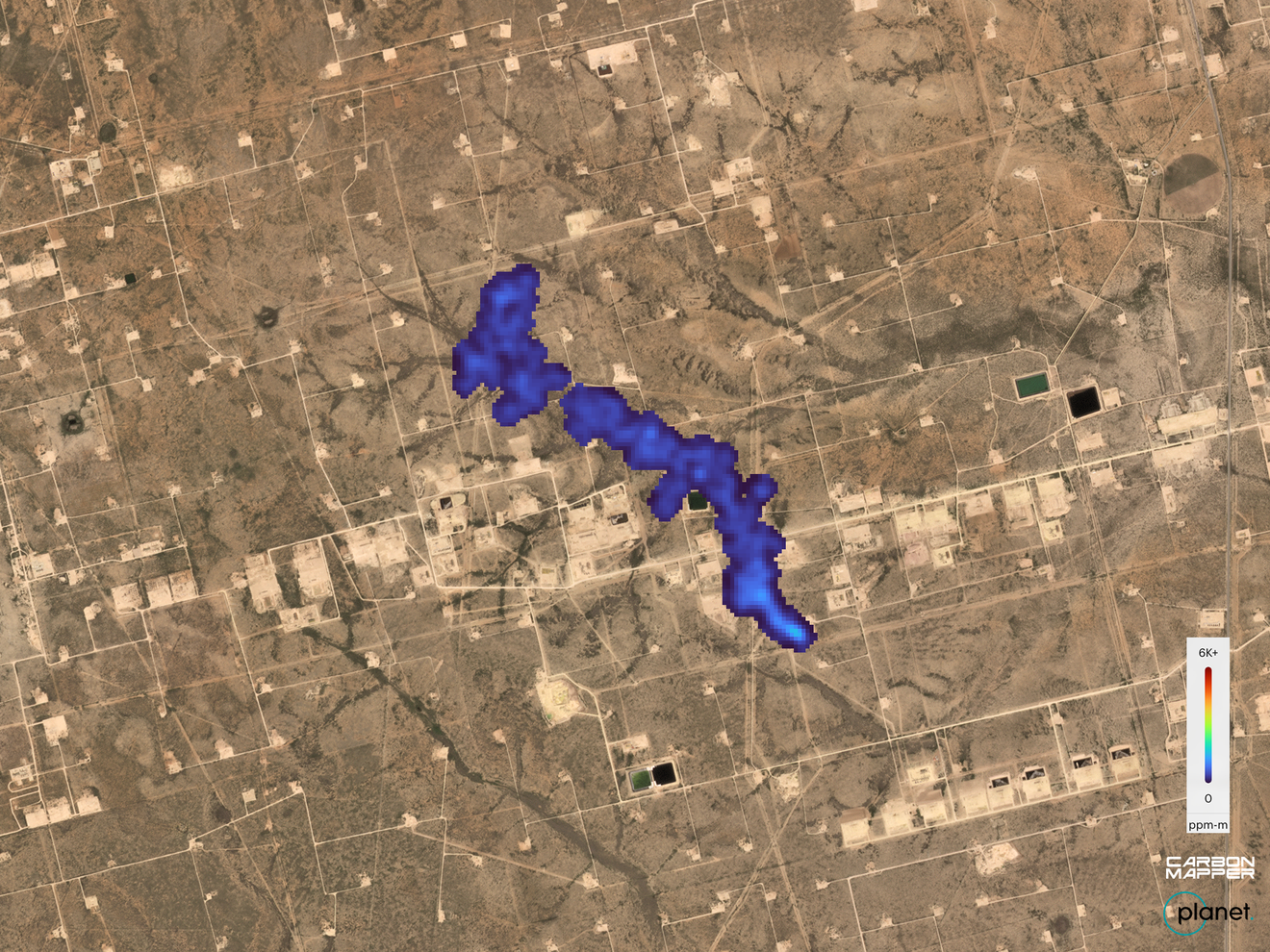In Baku, Azerbaijan, near the COP29 summit, significant methane emissions were recently detected at oil and gas facilities using advanced monitoring by Carbon Mapper from the International Space Station. Such plumes, identified across locations like the Sangachal terminal, are part of a concerning global pattern where leaks may be either accidental or deliberate.
Methane, a potent greenhouse gas responsible for about a million respiratory-related deaths each year and driving 30% of global warming, is mainly produced by human activities. Its potency in trapping heat is 80 times greater than CO2 over 20 years. Yet, because methane is invisible, emissions from the oil and gas sectors have often gone undetected or underreported.
It’s most commonly associated with agriculture in dairy and cattle farming but the next largest cause of methane is in the energy sector. Methane is the main component of natural gas as well as a byproduct of oil drilling. Despite record emissions from the energy sector in 2023, reducing methane is one of the fastest ways to combat climate change. Experts like Mark Davis, CEO at the flaring specialist Capterio, estimate that nearly 7 percent of global methane emissions stem from venting, flaring, and leaks during production.

The Role of SPACE:AI in Methane detection
Methane detection from space relies on advanced instruments such as spectrometers, hyperspectral imagers, or infrared sensors, which capture the unique wavelengths absorbed by methane in the atmosphere. With Ubotica’s SPACE:AI technology, satellites can process data on board, identify leaks and alert users on ground within minutes.
Unlike traditional methods that require data to be sent to ground stations for analysis, SPACE:AI processes insights directly onboard the satellite. This significantly reduces latency, making it possible to alert ground teams as soon as an issue is identified. This rapid response capability is essential in mitigating both environmental and health hazards linked to methane exposure.
Moreover, the SPACE:AI platform is designed for flexibility, allowing third parties to build and deploy custom AI models directly onboard satellites. This capability ensures SPACE:AI remains adaptable to new Earth Observation strategies, enabling organisations to optimise detection algorithms for methane or other critical emissions.

Collaborative Satellite Monitoring for Enhanced Accuracy
SPACE:AI also enables satellites to work collaboratively within a network. If a methane emission is detected, the satellite can call on others in its network to further investigate the leak. By leveraging multiple satellites, SPACE:AI enhances accuracy, tracking, and detailed analysis, ensuring no harmful emission goes unnoticed. This collaborative approach not only improves detection but also provides actionable insights with greater confidence.
Stricter Regulations and New Technology
Amid rising awareness, new regulations are encouraging global action. The EU recently implemented strict rules for oil, gas, and coal companies to monitor and repair leaks regularly. There’s also a push for new satellites to be rolled out along with other tracking technologies to rapidly advance methane detection. With SPACE:AI, companies and governments can go beyond compliance, moving toward active, real-time management of methane emissions.
Methane reduction is one of the quickest and most cost-effective ways to combat climate change. With SPACE:AI’s ability to alert stakeholders immediately and mobilise a network of satellites for in-depth analysis, Ubotica is helping usher in a new era of rapid, data-driven environmental management.
